
Introduction to Formal
Methods
Các Phương Pháp Hình Thức
Cho Phát TriểnPhầnMềm

Outline
Outline
Introduction
Introduction
Formal Specification
Formal Verification
Formal
Verification
Model Checking
Theorem Proving

Introduction
Introduction
Good papers to begin with them:
Good
papers
to
begin
with
them:
“Formal Methods: State of the Art and Future
Directions”
,
Edmund M. Clarke
,
Jeannette M.
,,
Wing, ACM Computing Surveys, 1996
“Ten Commandments of Formal Methods ...
Ten Years Later”, Jonathan P., Bowen and
Mike Hinchey, IEEE Computer, 39(1):40-48,
J 2006
J
anuary
2006
.

Scientists Quotes
Scientists
Quotes
Teaching to unsuspecting youngsters
the effective use of
formal methods
is
the
effective
use
of
formal
methods
is
one of the joys of life because it is so
extremely rewarding
extremely
rewarding
“The Cruelty of Really Teaching Computing
Science
”
is a 1988 paper by E. W.
Dijkstra
,
Science
is
a
1988
paper
by
E.
W.
Dijkstra
,

Scientists Quotes
Scientists
Quotes
A more mathematical approach is inevitable.
Professional software development—not the
everyday brand practiced by the public at
large
will become more like a true engineering
large
—
will
become
more
like
a
true
engineering
discipline, applying mathematical techniques.
I don't know how long this evolution will take, but it
will happen. The basic theory is there, but much
work remains to make it widely applicable.
(Bertrand Meyer, a pioneer of object technology)

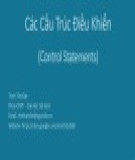

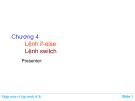
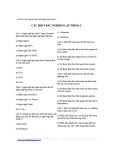
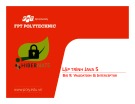

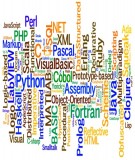











![Hệ thống quản lý cửa hàng bán thức ăn nhanh: Bài tập lớn [chuẩn nhất]](https://cdn.tailieu.vn/images/document/thumbnail/2025/20251112/nguyenhuan6724@gmail.com/135x160/54361762936114.jpg)
![Bộ câu hỏi trắc nghiệm Nhập môn Công nghệ phần mềm [mới nhất]](https://cdn.tailieu.vn/images/document/thumbnail/2025/20251111/nguyenhoangkhang07207@gmail.com/135x160/20831762916734.jpg)





